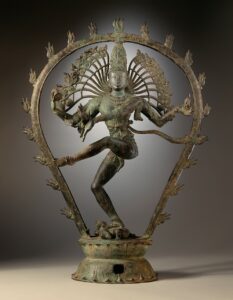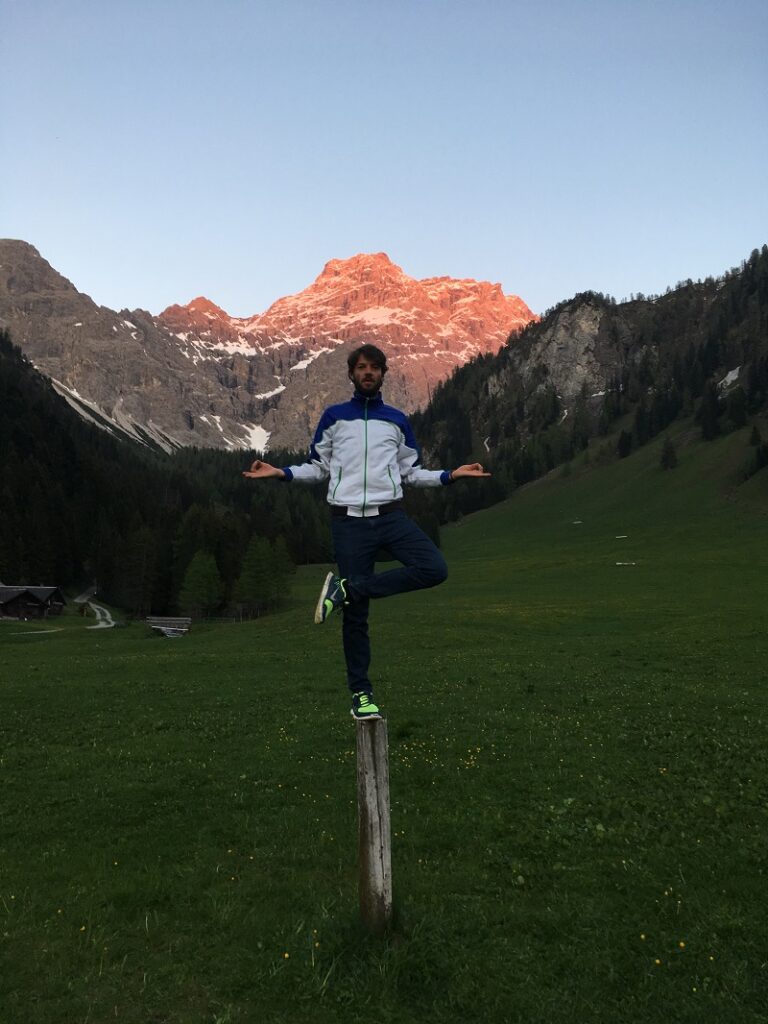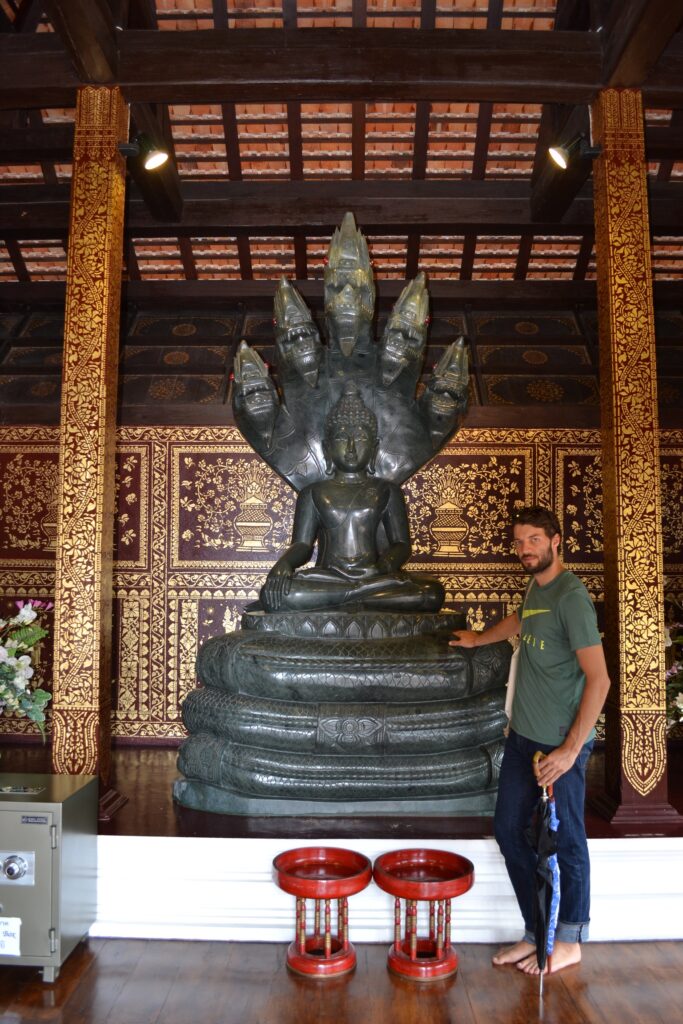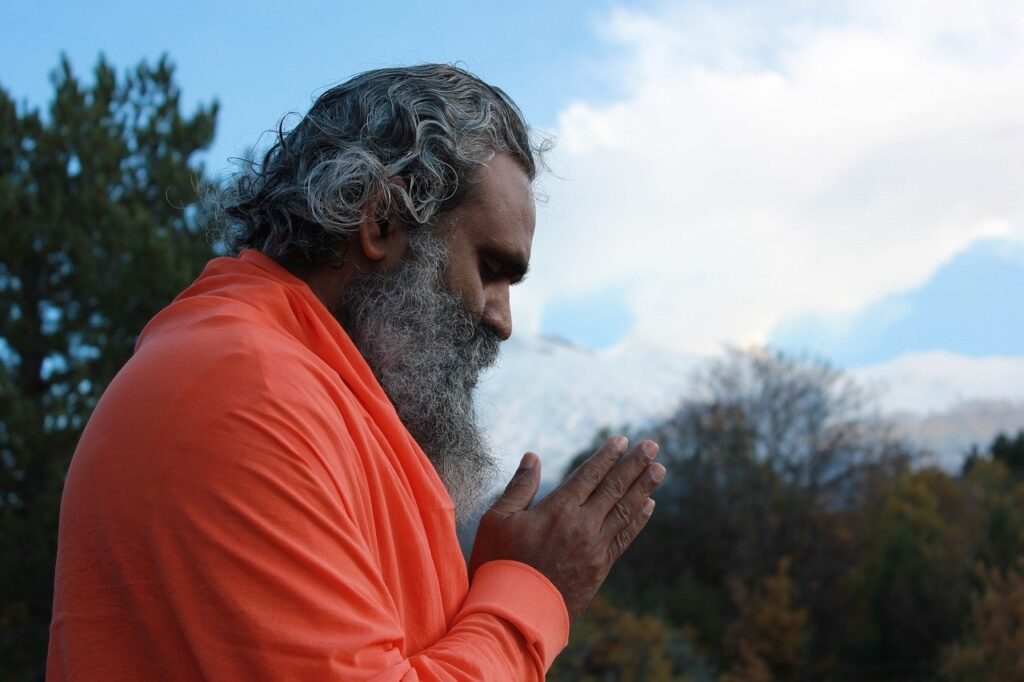Yoga
Yoga is an integral part of Ayurveda and the Indian culutre and has become widely known and popular in the West from the 1960´s onwards. Most people who practice Yoga know about Asanas (postures) only. Due to the westernization of the science of Yoga, it has become a popular form of bending and twisting the body and is often viewed as a kind of sport where those who can put their bodies in unbelievably twisted postures are believed to have achieved the goal of Yoga. But Yoga is much more than the 84 Asanas. In fact it is an eight-fold path in which Asana is only a small segment and is mainly used to maintain a straight back for sitting firmly and comfortably in meditation. The aim of Yoga as a complete process is the unification of Body, Mind and Soul or the alignment of the Microcosm (human being) with the Macrocosm (the Universe). The word Yoga literally means to join or to unify.

The four great Yogas

There are four major Yoga paths and all lead to the same goal. Their different approaches are suited to the adepts preferences. They can be taken up as single ways or they can be combined to one´s own suitability. As Swami Vivekananda stated: “Each soul is potentially divine. The goal is to manifest this Divinity within by controlling nature, external and internal. Do this either by work, or worship, or mental discipline, or philosophy—by one, or more, or all of these—and be free.”
The four paths mentioned in this statement are the following:
- Raja Yoga – the Yoga of controlling the mind by breathwork, concentration and meditation techniques
- Karma Yoga – the Yoga of working without egoistic motives
- Bhakti Yoga – the Yoga of devotion to God or Deities
- Jnana Yoga – the Yoga of Knowledge and Philosophy
Patanjali summarized the whole science of Raja Yoga in his famous Yoga Sutras. The text dates back thousands of years and remains the beacon of Yoga texts. In 195 sutras or verses Patanjali sums up the whole science of the eight fold path to freedom or enlightenment as taught by the so called Raja-Yoga (the Royal Yoga). The eight limbs of Raja Yoga are as followed:
- Yama (Moral and Ethics)
- Niyama (Self discipline)
- Asana (Posture)
- Pranayama (Control of breath)
- Pratyahara (Control of senses)
- Dharana (Concentration)
- Dhyana (Meditation)
- Samadhi (Merging in Awareness)
So as we can see, Yoga is much more than a physical discipline that gives you a strong physique and youth-like appearance. It is the science of the inner that has been thoroughly developed by the Rishis and Saints of India. In Raja Yoga which is also known as Ashtanga or Kriya Yoga, the first five stages are preparatory in nature. Most stress is laid on concentration and meditation which finally result in samadhi where the practitioner merges with the supreme Self. This supreme Self or pure awareness has been given many different names. Some saints have called it the Parabrahman or Paramatman, some simply call it substratum or pure consciousness. Anyways the supreme Self is our real nature and we are that already from the beginning of time throughout eternity. The reason we can´t see it is because of our clouded mind which obscures it. The experiences of our past have created waves on the „Chitta“ or „Mind-stuff“ and these waves have created impressions, the so called „Samskaras“. These impressions can become latent and sink into the sub- or unconscious mind. Through the practice of concentration and meditation these samskaras become visible and can thus be destroyed by simply witnessing their appearance. The main point is to simply become aware of these latent structures and observe them without reacting tho them in meditation. By becoming the silent witness of our mind and its tendencies we calm it and gradually start to realize our true nature which is knowledge, existence and bliss or „Sat-Chit-Anananda“ in Sanskrit terminology. However there are different approaches to realizing our true nature and merging with our supreme Self. The classical and maybe best known means to gain true insight into our real being is the Raja Yoga with its eight-fold path including breathwork and posture.

The direct path of Yoga
Patanjali´s eight-fold path of practicing the different techniques to gain control over the mind requires dedicated practice and close mentoring of a mentor who has already mastered the eight limbs of this path. Especially the different breathing techniques require guidance and detailed instructions as these potent tools can also harm one´s body and mind if applied incorrectly.
However, there is a more simple and direct way to tame the mind and become aware of one´s true nature. This path is the direct path and its core consists of the clear discrimination of the truth from what is not true. It is summarized under the term Jnana Yoga or the path of knowledge. It uses the power of the mind to understand ultimate reality and to deny all that appears as real but is just an appearance that is not permanent and therefore not ultimately real. The core of this path is to understand the „I AM“ and to investigate into one´s true nature by the sheer power of will. The most common advice by saints and masters of this path is to „watch the I am“. By watching the thought-feeling I am, one tackles the mind and its many vagaries at the root and directly enters into the realm of pure consciousness. The I am is the root of our very being and the first thing we identify ourselves with. When we are born, we are not fully aware of our body and mind. As we grow up we develop a sense of separateness and pick up the idea of name and form. By accepting the attributes of the body and mind, we start to limit ourselves and identify with our body, the experiences we go through and the thoughts and memories we store in our mind. We create the idea of a personality and live under the illusion of a separate identity. The root of all thoughts, memories and projections remains the same. It is the root thought I am. When we directly go to the root and observe this notion it will eventually disappear and our real nature is revealed to us.

The final steps in Yoga

The culmination of all Yogas is the merging of the sense of „I AM“ or beingness with the supreme Self or the substratum. This state is called Samadhi or the seedless state. It means that the seed of our beingness, the feeling I exist, subsides and we experience our true nature beyond mind, body and all conditioning. To attain this state, most practitioners of Yoga rely on the classical eight folded path which was explained in minute detail by Patanjali in his famous Yoga sutras. Special emphasis is laid on the last steps namely the development of concentration (Dharana) and meditation (Dhyana). When we are able to make the mind single pointed and put our focus on one object or thought to the exclusion of everything else for a longer period of time, we have mastered concentration. Perfect concentration automatically leads to meditation where the object of concentration and the subject (the person concentrating) merge into one unit. When the subject and object merge in meditation, the otherwise restless mind, which continually produces thought waves, finally rests and the meditator gradually becomes aware of the depths of his consciousness without being distracted by the thought process. Perfect meditation is a thought free state where we simply rest in our beingness and enjoy the bliss of freedom from our conditioning. In Sanskrit, this state is also known as „Sat-Chit-Ananda“ which means existence-knowledge-bliss. If the meditator is able to stay in this thought free state for a certain period of time, he finally merges with the supreme Self in the state of Samadhi – the seedless state devoid of any association with name and form. As soon as one enters into Samadhi, his being is changed forever. By attaining this state, the mind finally becomes peaceful and blissful and comes under our conscious control. This marks the beginning of the superconscious state which is our true nature and the birthright of every human being.
However, there are also different kinds of Samadhis. Nirvikalpa Samadhi is attained through deep meditation and the adept enjoys this state of being for a certain time, after this period is over, one returns to the conscious state of being or the feeling of I am. When the state of Samadhi is maintained throughout the day, even while practicing daily activities and routines, the meditator has attained „Sahaja Samadhi“ where one is free from the feeling of conscious being even while performing physical actions.
